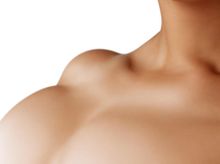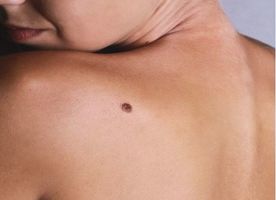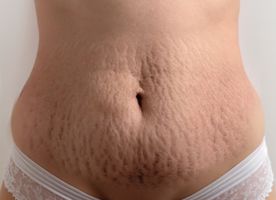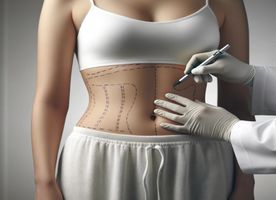Lipoma Removal in Turkey
Search and Compare the Best Clinics and Doctors at the Lowest Prices for Lipoma Removal in Turkey












































































































































No Time?
Tell us what you're looking for and we'll reach out to the top clinics all at once
What does a Lipoma Removal Procedure Involve?
Before the actual surgery, your surgeon usually draws an outline of the lipoma and a planned skin excision using a marker on your skin surface. The outline of the lipoma can help your surgeon indicate the exact position of the lipoma’s margins. Then, your surgeon will cleanse your skin with povidone-iodine or chlorhexidine and will make sure to avoid wiping away the markings.
After your skin is cleansed, your doctor will administer local anesthesia to numb the area. In some cases, larger lipomas or those that are deep may require general anesthesia or regional anesthesia. General anesthesia puts you to sleep, while regional anesthesia numbs a large area around the lipoma.
For small lipomas, your surgeon will make small incisions (around 3 mm to 4 mm in size) over the lipoma. Then, the lipoma is separated from the surrounding tissues using a curette. Once the lipoma is separated, it is then removed through the incision using the curette. The incision may be closed with stitches, but if stitches are not used a pressure dressing is applied instead.
For larger lipomas, a more significant incision is created in the skin overlying the lipoma. The lipoma is separated from the surrounding tissue a scalpel or scissors. The lipoma can be removed as a single mass or in segments. Your surgeon may close the incision using stitches.
How Long Should I Stay in Turkey for a Lipoma Removal Procedure?
Lipoma removal is usually performed as an outpatient procedure, meaning you can leave the hospital on the same day. However, plan to stay in Turkey for about 5 to 7 days, especially if stitches are involved. In some cases, your medical team may schedule a follow-up checkup to check your condition and to remove the stitches.
What's the Recovery Time for Lipoma Removal Procedures in Turkey?
The recovery time until you can resume most of your daily activities will depend on the size and location of your lipoma. Most patients can go back to work and resume some light activities after 5-7 days. However, strenuous activities must be avoided for a month. These include swimming, heavy lifting, playing golf, digging the garden, etc. Therefore, if your job is physically demanding, it is best that you take a month off.
What sort of Aftercare is Required for Lipoma Removal Procedures in Turkey?
Your medical team will give you special instructions that you need to follow. In general, the instructions may include:
-
Try to move around to help reduce stiffness for the first 24 hours following your lipoma removal.
-
You may shower, but make sure to avoid bathtubs and swimming pools because you need to avoid soaking the incision until it is healed.
-
Wear loose-fitting clothing for the first few days.
-
Light exercise and walking during your recovery period is good.
-
Eat a well-balanced and healthy diet, including plenty of vegetables, fruit, and brown bread to avoid constipation.
-
If your doctor prescribes medications, make sure to take it as prescribed.
-
Check your incisions every day for signs and symptoms of infection, such as increased swelling, increased redness, foul-smelling drainage, red or hot incision, and a fever over 38°C for 2 readings taken 4 hours apart. Make sure to call your doctor if any of these symptoms occur.
What's the Success Rate of Lipoma Removal Procedures in Turkey?
Lipoma removal is considered a very safe and effective procedure. A recurrence after surgical removal is uncommon. Still, all medical procedures carry some potential risks, including infection, bleeding, scarring, and hematoma. You can reduce these risks by following all the instructions your surgeon will give you and by choosing an experienced and skilled surgeon.
Are there Alternatives to Lipoma Removal Procedures in Turkey?
If you cannot or do not want to undergo surgical lipoma removal, you can consider the following treatments as the alternatives:
-
Liposuction – during this procedure an incision is made into the lump to insert a thin, hollow tube. This tube is used to suck the mass of fatty tissue from the lipoma.
Steroids – this is a type of drug that can help shrink the lipoma.
This information has been accurately sourced and verified by a medical professional for its accuracy, however, we strongly recommend you to consult with your doctor before pursuing medical procedures overseas.




















